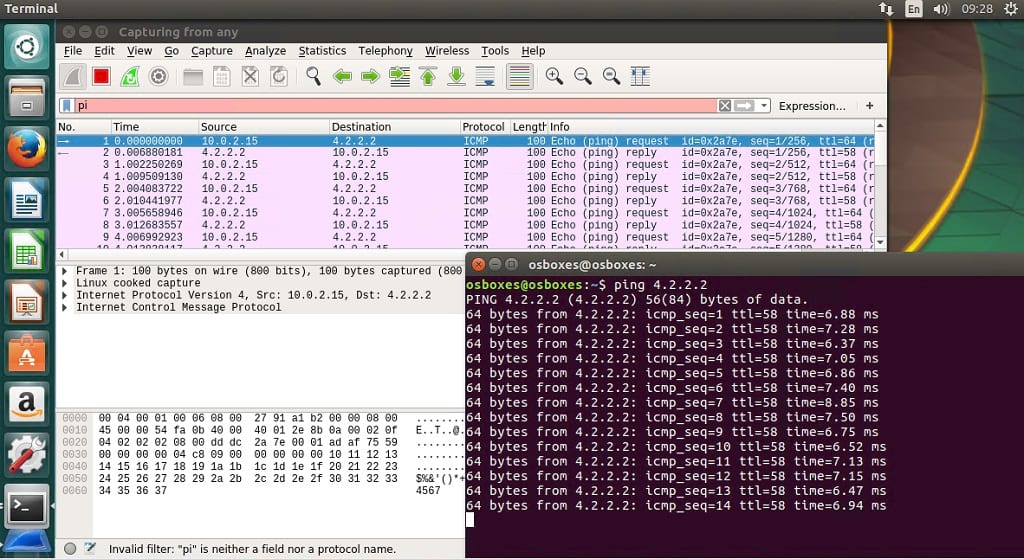

For Network, System and Data Center Administrators, this is a must have utility. It can capture network traffic to specific devices and network interfaces and can save the captured traffic to various formats for analysis and troubleshoot of network releted problems. The reason for the popularity of this tool over others of this sort, is that it offers graphical interface to view and analyze network results so it’s easy to use. Originally called Ethereal, it was renamed to Wireshark in 2006 due to some trademark issues, the tiny application is one of the most useful utility when troubleshooting network problems. Let me know if you have any suggestions of how this tutorial can be improved.Įnter your email address to subscribe to this blog and receive notifications of new posts by email.Wireshark is a cross platform, open source, network analyzer. It is a Windows focused tutorial but explains the other general concepts really well. There is also a good wireshark dhcp tutorial on youtube which shows this in action. This will then filter all dhcp offers and you will be able to see what servers are responding on the system. You should then go into “Bootstrap Protocol” -> “Options: DHCP Message Type” and right click on “DHCP: Offer” and select “Apply As Filter”. This will show the packet details below the message list like so. You can filter the messages by bringing up the packet details If you have multiple DHCP servers – you will have multiple offer packets. You can then filter Wireshark just to show dhcp messages by filtering for bootp message but typing “bootp” and clicking apply. Select the interface you would like to capture data from and press the start button. On the start screen you should see a list of interfaces on the left hand side. Launch Wireshark either from your launcher or using terminal “wireshark”. Alternatively, you can just restart your computer. This creates a group called wireshark and anyone in this group can capture network data on the interface.įor you group permissions to change – you need to log out and then log in again. This will ask you the following question.

Or you can give your user permission to read the interfaces which is much better in the longterm.Ģ.1 – To give your user permission to capture network interfaces do the following: You can either do this by runnning Wireshark as root (which is really not recommended but a quick hack if you need to get the job done). To find this I used Wireshark on my Ubuntu machine to find the problem.Ģ – Launch wireshark with permissions to read the network interfaces.

We just had a problem with our DHCP server and there seems to be another dhcp server on the network.


 0 kommentar(er)
0 kommentar(er)
